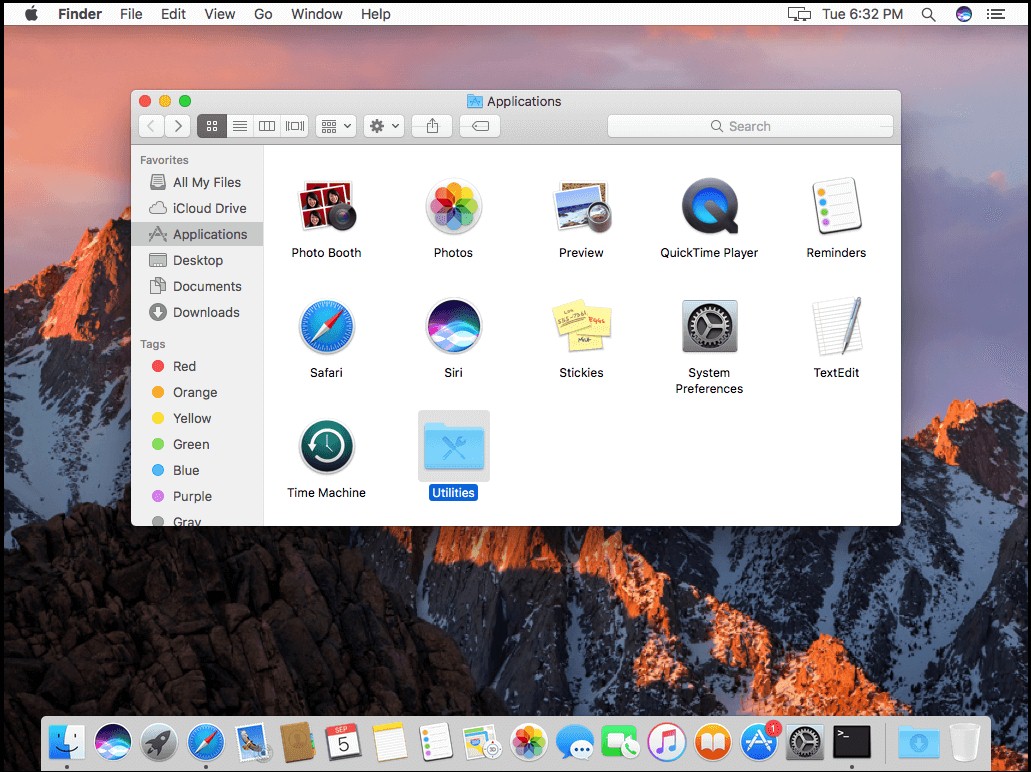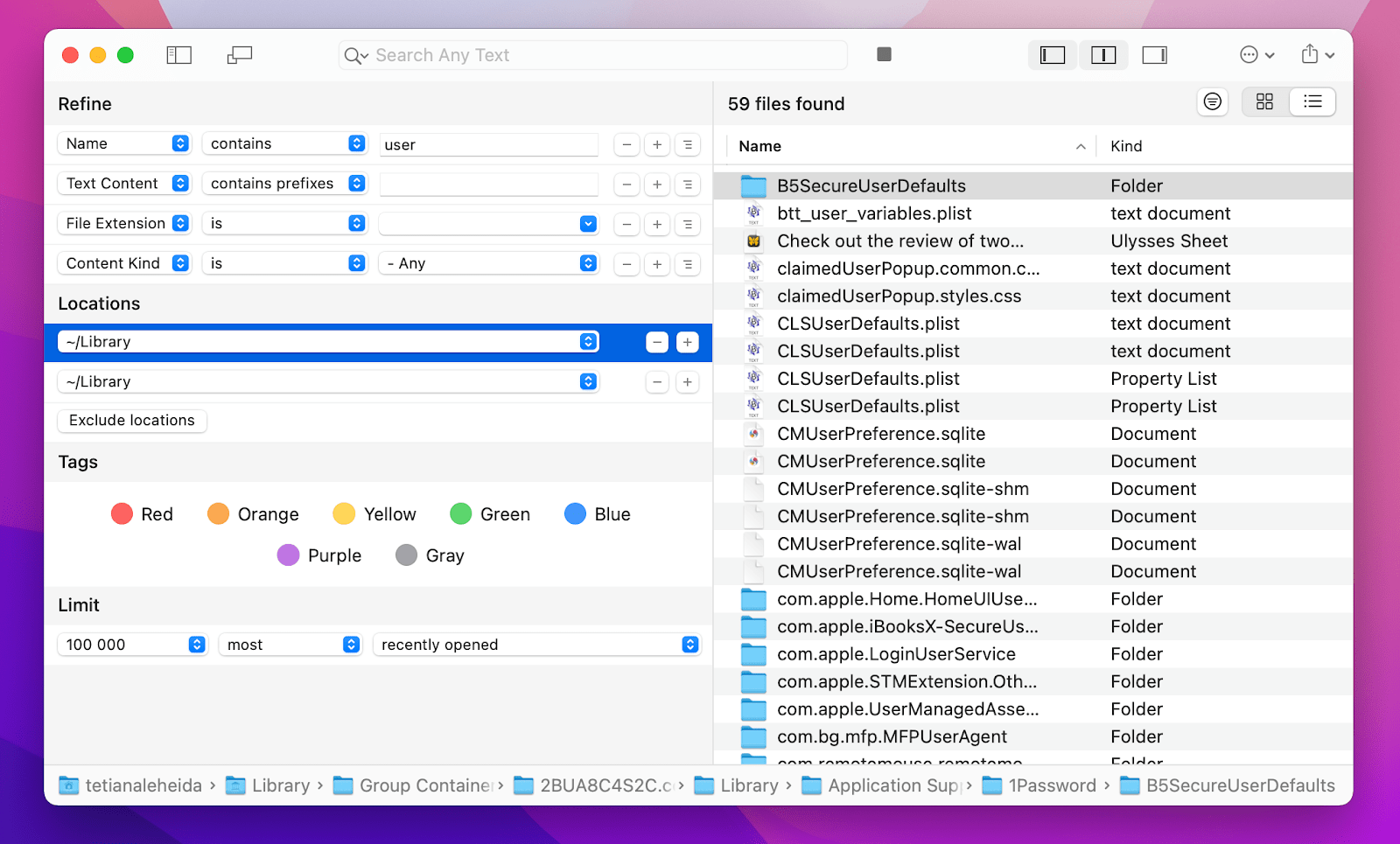
:max_bytes(150000):strip_icc()/002_view-hidden-mac-folders-using-terminal-2260776-5c2ea73546e0fb0001415cda.jpg)
- #Show hidden files mac command line how to
- #Show hidden files mac command line mac os x
- #Show hidden files mac command line mac os
- #Show hidden files mac command line zip file
Then you can type this command line: attrib -h -r -s /s /d E:\*.*, and hit Enter to unhide the files and folders in drive E. Press Windows + R, type cmd, and press Ctrl + Shift + Enter to open elevated Command Prompt in your Windows 10 computer. You can open Command Prompt in Windows 10 to show hidden files with attrib command.
#Show hidden files mac command line how to
How to Show Hidden Files Windows 10 with CMD However, if you are a tech fanatic, and want to make the hidden files visible, you can try the solutions below to show hidden files Windows 10. Windows hide some files and folders related to the OS by default, to avoid accidental deletion or altering from users which may cause the malfunction of system. MiniTool software also offers a top data recovery program to help you recover any deleted/lost file in Windows 10. Also check how to show hidden files in Windows 10 with File Explorer, Control Panel, Registry or Folder Options.

With only the option "Show Hidden Files" on Funder, you could show hidden files or hide files by turning it on or off.In this tutorial, you can learn how to show hidden files and folders in Windows 10 with CMD and other 4 ways.

When all files are shown, and if you want to make some of them invisible, just need to drag them to the box on the app. With two buttons on the app, "Show Special Files" and "Hide Special Files", you will be able to show or hide hidden files easily.
#Show hidden files mac command line zip file
Way 3: Show and view hidden files or folder with third-party appĬhoose one from them if you prepare to show or hide hidden files on Mac with third-party software.ĭownload the app and double-click the zip file you get. It is worth trying but the security of the apps cannot be promised or guaranteed. Press Enter and hidden files or folder would become hidden again after Finder relaunches.Ĭompared to above feature provided by Mac to show or hide hidden files or folder, third-party app would work more easily, especially when you need to usually show and hide some files or folder. Go back to Terminal and type the following command. Step 3: Hide hidden files or folder with Terminal. As you know, when hidden files are not shown, you cannot open iTunes backup file with this method in Finder. You can open it to see iTunes backup file. Go to the user "deger" and hidden files and folder are shown.įor example, you can see the Library that saves iTunes backup appears. Select Relaunch from pop-up menu to reopen Finder.ģ. Hold on Option (Ctrl +Alt) and click Finder. Enter or paste the following command in Terminal and press Enter.Ģ. Step 2: Show hidden files on Mac with Terminal.ġ. Open Finder Applications Utilities, and you could find Terminal there.
#Show hidden files mac command line mac os
Terminal would always work while you need to show or hide hidden files or folder on Mac OS X.Ĭommand to show or hide hidden files via Terminal:ĭefaults write AppleShowAllFiles YESĭefaults write AppleShowAllFiles NO Way 2: Show and view hidden files or folder with Terminal Then click Go to open the hidden folder on Mac OS X.

Get this way while you have the detailed location of hidden files or folder.įor example, when you need to view hidden iTunes backup on Mac, just press CMD + Shift + G and enter the backup location in pop-up Go to Folder dialog. Way 1: Show and view hidden files or folder with shortcut keys Want to view hidden files or folder on Mac OS X? Here three ways are available for you to choose, especially the first two are recommended to show hidden files or folder in Finder.ģ Ways to show or hide hidden files or folder on Mac OS X:
#Show hidden files mac command line mac os x
How to Show or Hide Hidden Files or Folder on Mac OS X


 0 kommentar(er)
0 kommentar(er)
